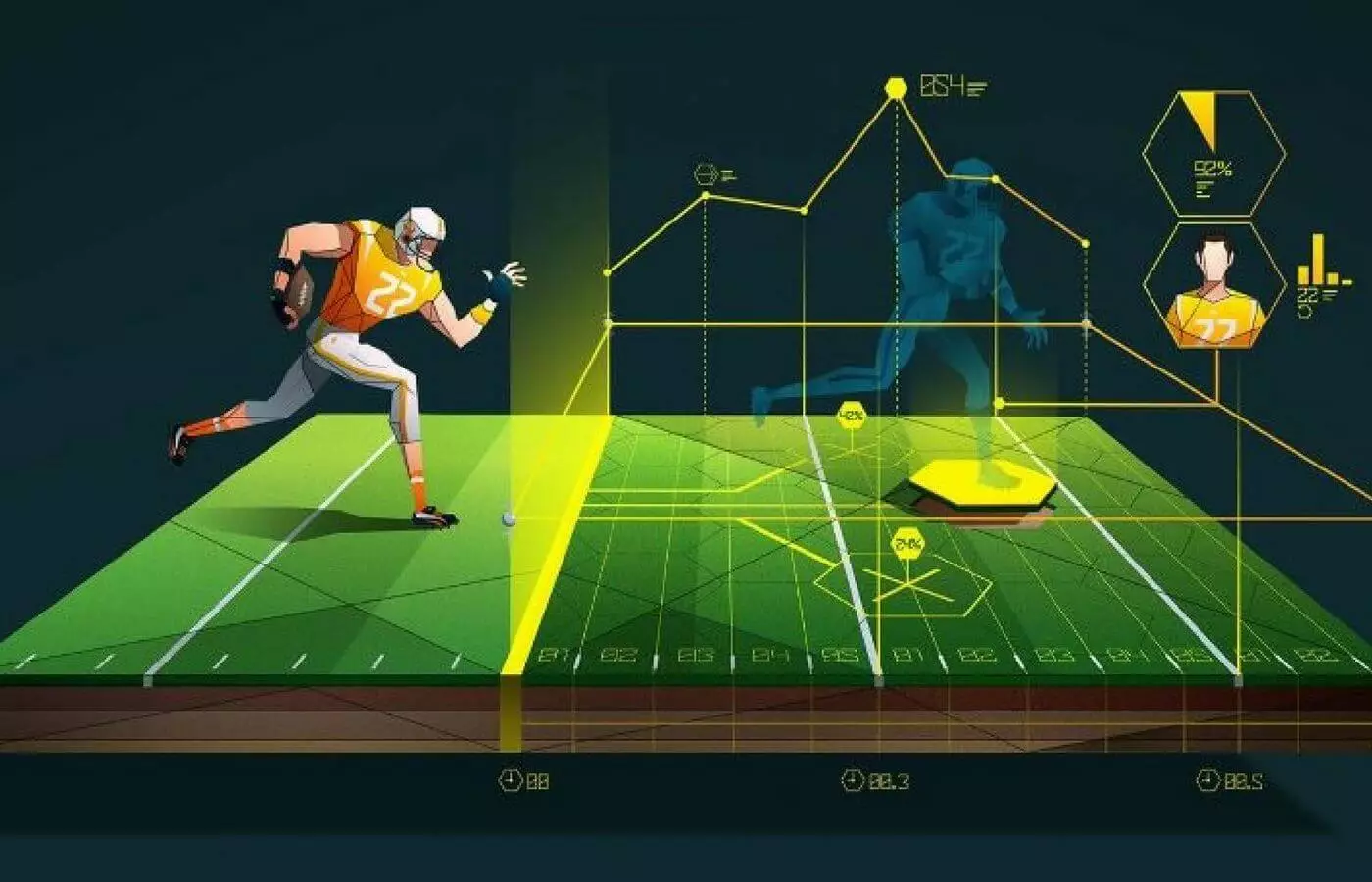Technology is revolutionizing every aspect of our daily lives from how we’re able to access the latest NFL odds to the number of people we can connect to across various parts of the world. In previous years, sports training needed extensive post-practice and paperwork from both the athlete and trainer so performance could be recorded. It was a grueling, yet effective, system to undertake; however, it did prove to be effective.
Since the introduction of technology in the area of sports training, a lot of transformation and revolution have taken place. Today, athletes can wear sensors to convey real-time data, GPS to pinpoint motion, and wearable technology to avoid injuries. For more information on how technology continues to change sports training, you can keep reading for more.

Technological Changes In Sports Training
Tracking Performance
Through the use of sensors, athletes can place these on their body parts or in “smart clothing” so that sports trainers can track performance and measure all the data they need in real time. From breathing and hydration to heart rates and temperatures, any part of an athlete can be measured.
As helpful as NFL lines are in wagering on NFL bets, these live metrics will help the trainer determine the various aspects that every athlete will require to focus on. Every athlete is unique to the next and by using real-time performance measurements and data, trainers can set more accurate and precise baselines. This means that trainers will then be able to determine live metrics and make a decision on when it’s best to train more, rest, or stretch.
When it comes to the use of lasers and GPS, these can be incorporated into different aspects of sports training. Instead of having the trainer rely on splits and times, they can measure the acceleration, position, velocity, and distance of the athlete so they can see where exactly the improvement needs to be done. By identifying more sensitive data, this can lead trainers to improve performance that includes fewer chances of injury and stress.
Perform Athletic Movements
It’s quite evident to see that technology has successfully managed to mold and shape the sports world for the better. Looking at sports technology today, it’s become so advanced that it’s believed it can create something like a “digital code.” This is because the data this technology collects is able to translate into outstanding performance as it magnifies actions and events that have never been seen before.
Enhance Communication
When it comes to applications like YouTube, these platforms have done their fair share of contributing towards enhancing communication that takes place during training. Many content creators go about publishing countless workout videos and game plays that then get shared across several platforms to bolster education. Again, these can prove to be just as beneficial as Vegas NFL odds will be to Vegas NFL bets since athletes and trainers can upload these videos to watch during practice.
By looking into enhanced applications that specialize in sports training communication, trainers and athletes will have access to a personalized virtual health, exercise, and diet journal that any subscriber can access on a desktop and smartphone. Here, trainers can track their athletes to check their daily diet and athletes will be encouraged to take personal accountability for their training.
Avoiding Injuries
One of the greatest byproducts that technology can contribute to sports training has to do with injuries being significantly reduced or being able to detect them as early as possible. By perfecting movements, tracking performance, and enhancing communication, these points aren’t limited to them just being about benefits. They also help establish environments that are less prone to causing injuries.
With software in training management, this can help trainers and coaches monitor every aspect of a training period like sleep, training, energy, diet, and more. When trainers and coaches are able to define each practice for maximum results, they help to prevent fatigue and injuries that the athlete can inflict on themselves. Besides external factors that can’t necessarily be accounted for, the sports industry hopes to see a time when athletics is injury free.




